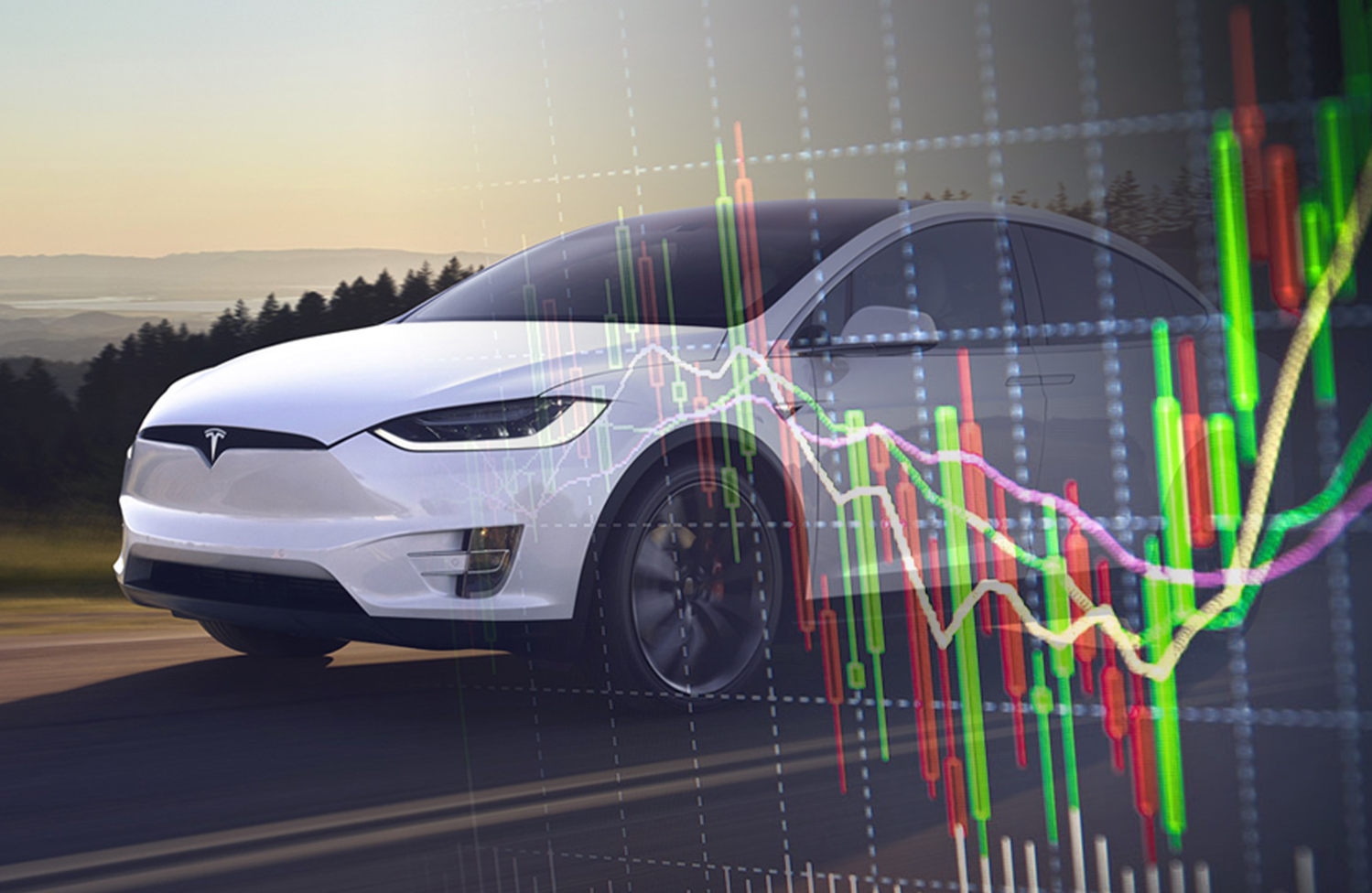In the past few weeks, Tesla Inc. (NASDAQ:TSLA) stock price has been making headlines for various reasons. Currently, the electric vehicle maker is making headlines after its decision to reintroduce unlimited supercharging for owners of the Model S sedan and Model X cars.
Unlimited free supercharging for Model S and Model X
This is not the first time the company is offering free supercharging benefits and this shouldn’t be a big deal. However, for investors who are reading between the lines, this can be unsettling for Tesla stock price. Investors are still not sure what motivated the decision to bring back the free supercharging for life hardly a year after it was phased out.
[Special Report] On-Demand Tech Companies Hit Billion-Dollar Valuations; Here’s How Investors Can Capitalize In The Market
It is expensive for the company to power cars of customers for life when it has been facing unprofitability issues. The company has been laying off employees and cutting costs to show that it can be profitable in the long-term. Following the announcement of Q2 earnings Tesla stock dipped 10% after the company announced a net loss of around $408 that was almost three times what Wall Street analysts had predicted on a per-share basis.
Free supercharge for life to boost sales of Model S and Model X cars
The return of free charging is a desperate move by Tesla as it looks to boost sales of the Model S and Model X vehicles. For months bears have argued that the low-margin Model 3 car is the reason there is low demand for these premium profitable models.
For instance, in Q2 Model X sales were down 40% while Model S registrations dropped 54% in California which by far is Tesla’s biggest market. On the other hand Model 3 sales doubled in the quarter. Although this might look like good news for the company it is nonetheless not if the low margin Model 3 is eating into the demand for higher-margin models.
If the company at some point phased out free supercharging then it will be pulling forthcoming sales forward. That with disappearing tax credits may help in creating a future demand vacuum for Model X and Model S vehicles.





